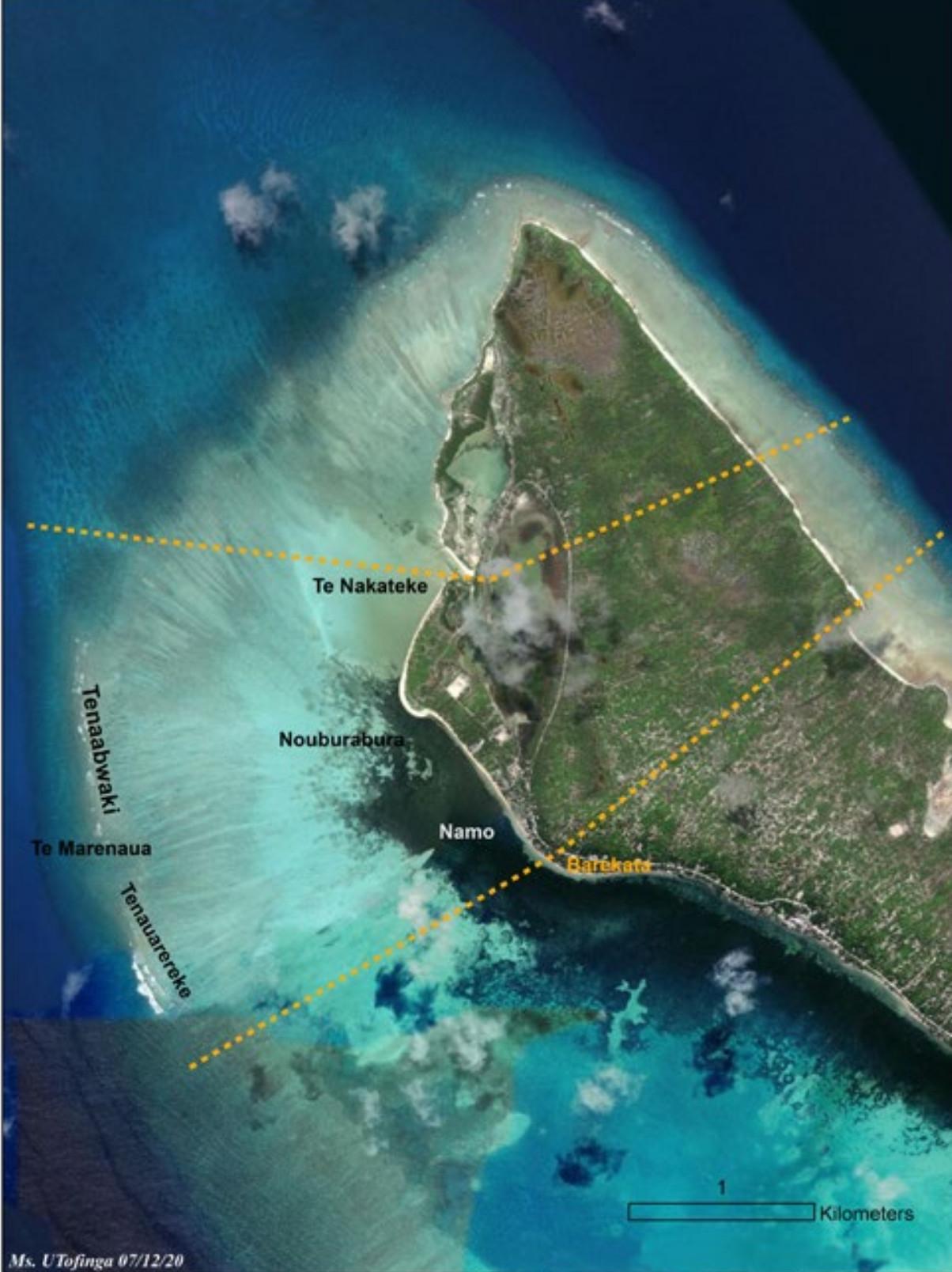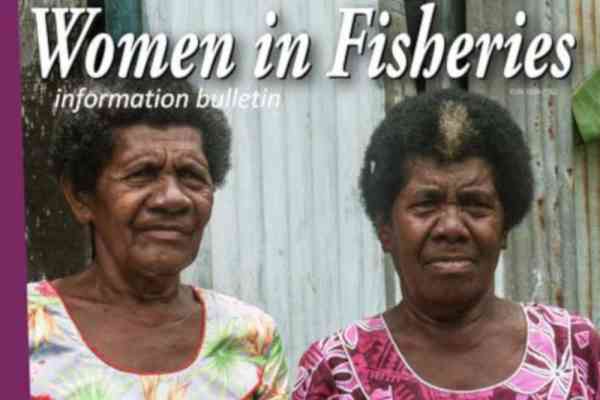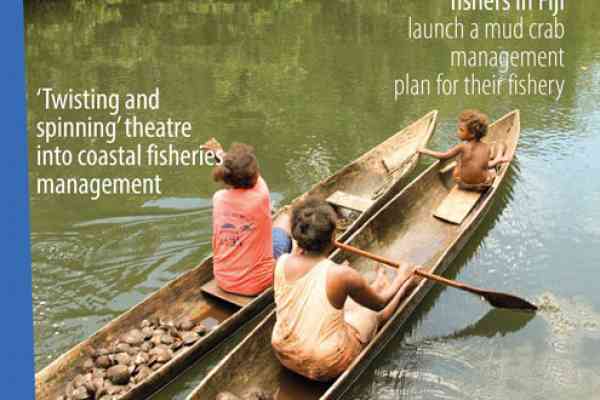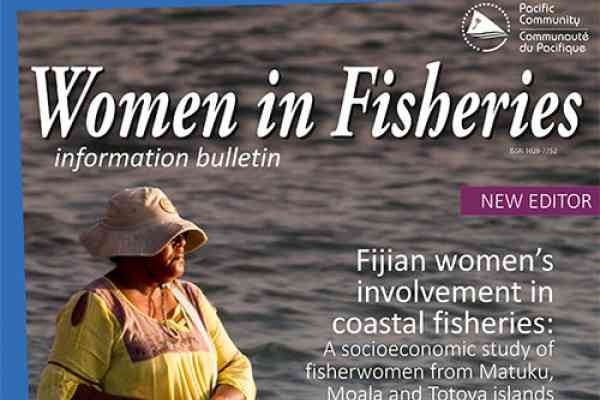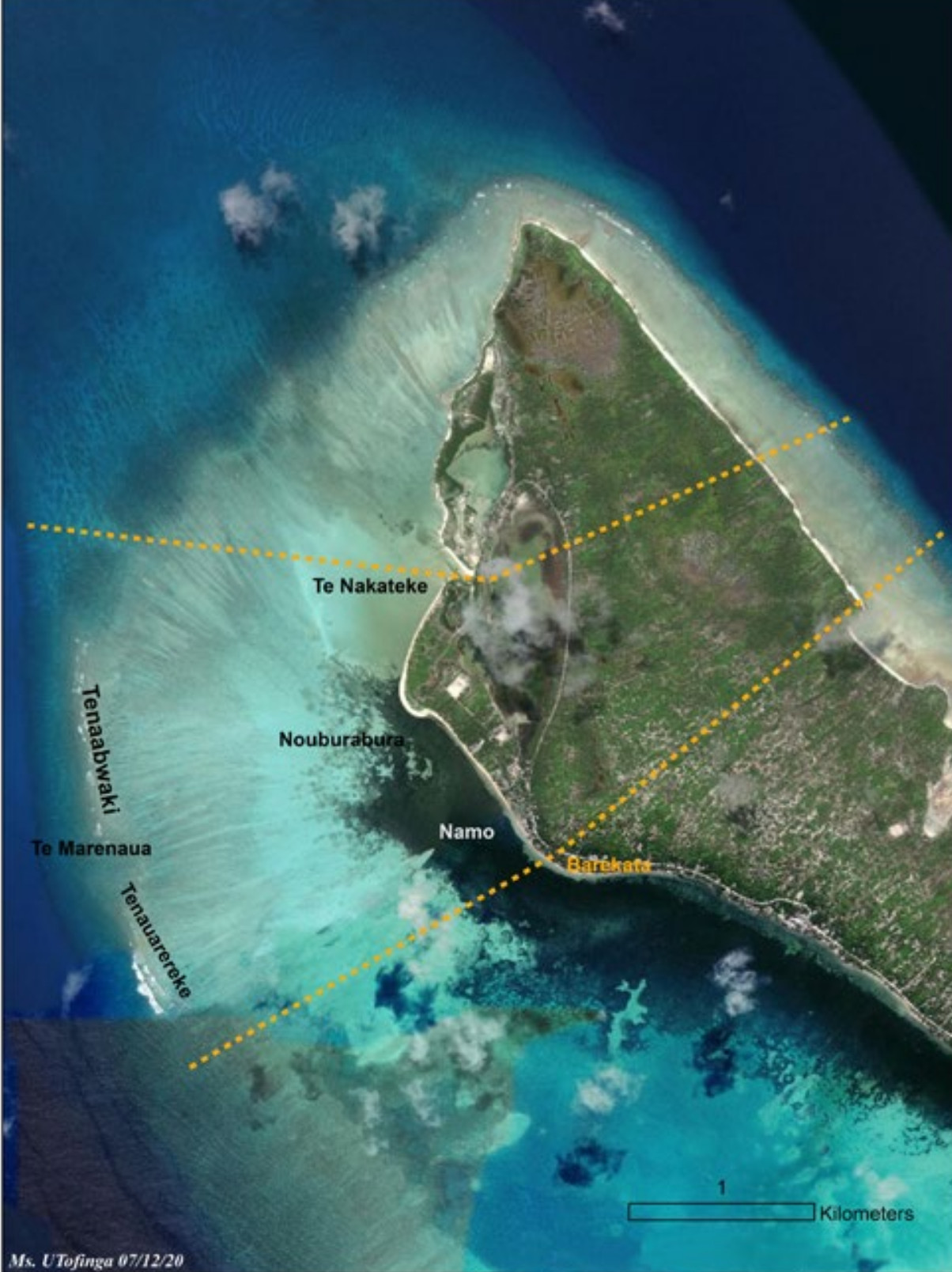
Destructive fishing is a term mostly used to define activities that lead to overfishing and destruction of and/or damage to marine ecosystems and environments (Veitayaki et al. 1995). Much of the existing literature addressing destructive fishing describes modern fishing methods that involve the use of explosives, poisons (e.g. cyanide), and modern fishing gear (e.g. trawl nets, monofilament gill nets, scuba or hookah) to augment traditional fishing methods (Veitayaki et al. 1995; Pet-Soede and Erdmann 1998). Discussions on destructive fishing that occurs when using traditional methods, gear and materials tend to centre on techniques that involve the physical destruction of reef habitat and corals, or the use of traditional, plant-based toxins (Veitayaki et al. 1995; McManus 1997; Pet-Soede and Erdmann 1998). In this article, we present an instance where a traditional fishing method was deemed potentially destructive to the marine environment by Tekaman villagers on the island of Tabiteuea Meang in the Republic of Kiribati. This article focuses on: explaining the use of the fishing method te uaakeang in Tekaman Village; how the method impacts the marine resources of the island; and the community’s views elicited during community consultations (conducted in Tekaman) by Kiribati’s Ministry of Fisheries and Marine Resources Development Community Based Fisheries Management (CBFM) project in 2019 and 2020.
Find out more and read the case study from Kiribati in the Women in Fisheries Newsletter #33.
![]() Download the publication (pdf: 660 KB)
Download the publication (pdf: 660 KB)
